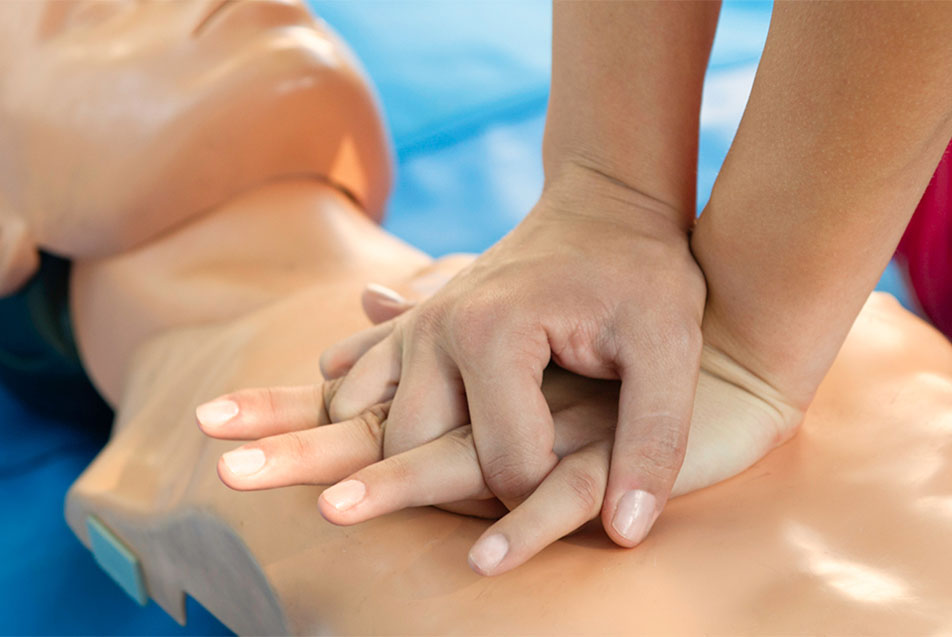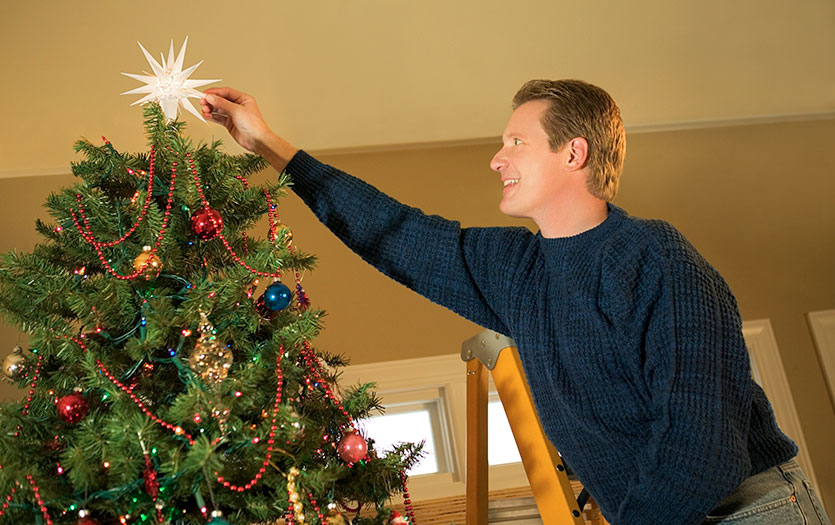
Statistics show that immediate CPR can double the chance of survival for an individual experiencing cardiac arrest outside a hospital, yet only 1 in 4 receives bystander CPR. Scott Yoder, flight paramedic, flight services, Parkview Health demonstrates the proper technique for performing hands-only CPR.
Some key points to remember:
- Hands-only CPR is now the recommended course of action for bystanders, rather than conventional CPR with mouth-to-mouth breaths.
- Always scan the area for any life-threatening concerns before approaching the individual in need of help.
- Tap the person and take up to 5 seconds, no more, to see if there are any signs of life, such as breathing, coughing or movement. If they do not respond, call 9-1-1 and begin CPR.
- Do not stop CPR if you use an AED machine. Just hit the green button and it will guide you through the process. Don't even stop CPR for the attachment of the device.
- If there is another person with you, take turns performing CPR and switch often to keep from getting tired and to maintain high quality CPR.
This technique is specific to adults. Use one hand in the middle of the chest for a child, or two fingers for an infant less than one year old.



